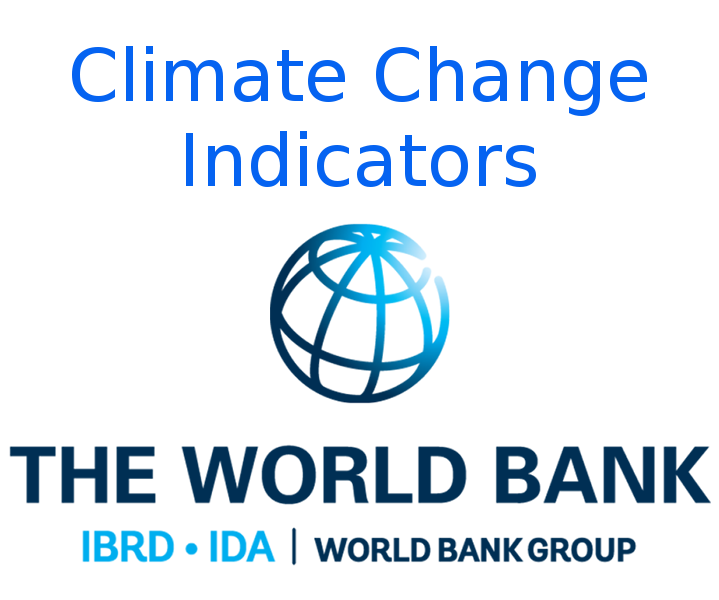This indicator measures the annual average percentage of the population affected by natural disasters classified as either droughts, floods, or extreme temperature events. It is calculated by dividing the sum of total affected for the period stated by the sum of the annual population figures for the period stated.
A drought is an extended period of time characterized by a deficiency in a region's water supply that is the result of constantly below average precipitation. A drought can lead to losses to agriculture, affect inland navigation and hydropower plants, and cause a lack of drinking water and famine.
A flood is a significant rise of water level in a stream, lake, reservoir or coastal region.
Extreme temperature events are either cold waves or heat waves. A cold wave can be both a prolonged period of excessively cold weather and the sudden invasion of very cold air over a large area. Along with frost, it can cause damage to agriculture, infrastructure, and property. A heat wave is a prolonged period of excessively hot and sometimes also humid weather relative to normal climate patterns of a certain region.
Population affected is the number of people injured, left homeless or requiring immediate assistance during a period of emergency resulting from a natural disaster; it can also include displaced or evacuated people.
(Source: http://databank.worldbank.org/data/reports.aspx?source=2&type=metadata&series=EN.CLC.MDAT.ZS)
Data definitions:
The World Bank Group is committed to open access and strives to enhance public access to and use of data that it collects and publishes.
For more information read the Terms of Use for Datasets Listed in The World Bank Data Catalog

